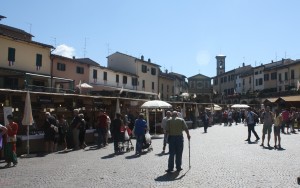Power Tasting doesn’t do restaurant reviews so this is not a restaurant review. It is about a restaurant that is definitely a place worth a visit if you ever happen to be in Nipomo, California. Actually, no one ever just happens to be in Nipomo, so we’re really saying that if you ever are wine tasting in San Luis Obispo County or nearby Santa Maria, make a pilgrimage to Jocko’s.
A visit there is not just about the steak although the steaks are very good. It’s about the experience. For one thing, you feel as though you have been transported to a Saturday afternoon western of your youth. (You do remember Saturday afternoon movies, don’t you?) The bar is wood-paneled, with the heads of various dead animals (deer and such, not cows) shown proudly. Sorry, the door is just a door, not of the swinging variety. Surprisingly for a restaurant smack in the middle of Wine Country, the list is not particularly impressive although you’ll surely find something to enjoy with your steak.
Then there are the folks who assemble there. Ten gallon hats and boots are much in evidence. Everybody is a regular or, more likely, they treat everyone as though they were regulars, which is even better. You’d better have a reservation as Jocko’s is quite well-known locally and seems always to be crowded. Not that you’ll actually get a table at the time you reserved, but it will put you in the running to get a table and give you time to enjoy the bar. Then, when it is your turn, you’ll hear your name bellowed out to overcome the din.
The dining room is a large, open space with cinderblock walls and Formica covered tables. This is not a restaurant for gracious, elegant dining. It’s for seriously committed carnivores. Oh, they give you salad and vegetables, too, but the raison d’etre of Jocko’s (not that they’d ever use a phrase like raison d’etre) is enormous slabs of meat, mostly of the bovine variety. There are some fish items as well, but really, why bother?
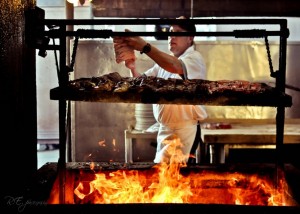
The firepit at Jocko’s. Photo courtesy of A. Rios on Flickr.
So now you’ve ordered your dinner. You can go out back and watch them cook it in a great, wide open, wood fired barbecue pit. There are dozens of steaks and ribs and chops being cooked at any one time and at least one of them is yours. The fellow tending the grill must be able to stand the heat, because he’s staying in the kitchen.
Go to Jocko’s for the experience. Don’t worry, if you’re a meat-eater, you’ll love your meal.
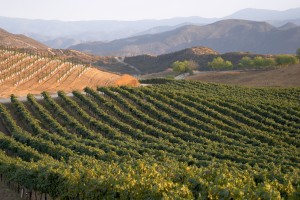
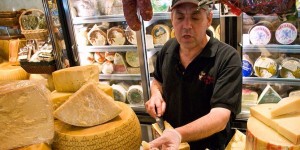
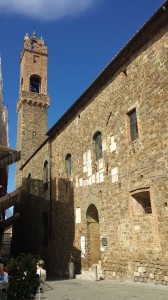
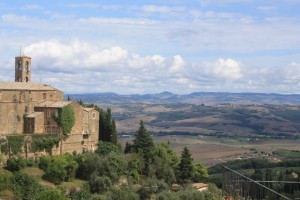
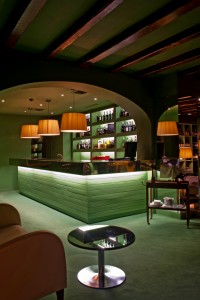
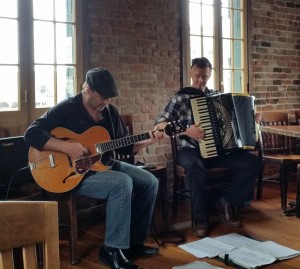
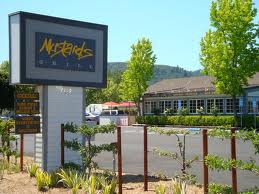
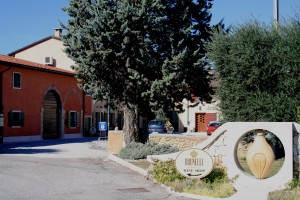 The Brunelli Winery
The Brunelli Winery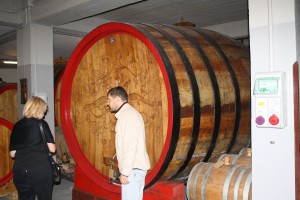 Francesco Grigoli showing Lucie the cask
Francesco Grigoli showing Lucie the cask